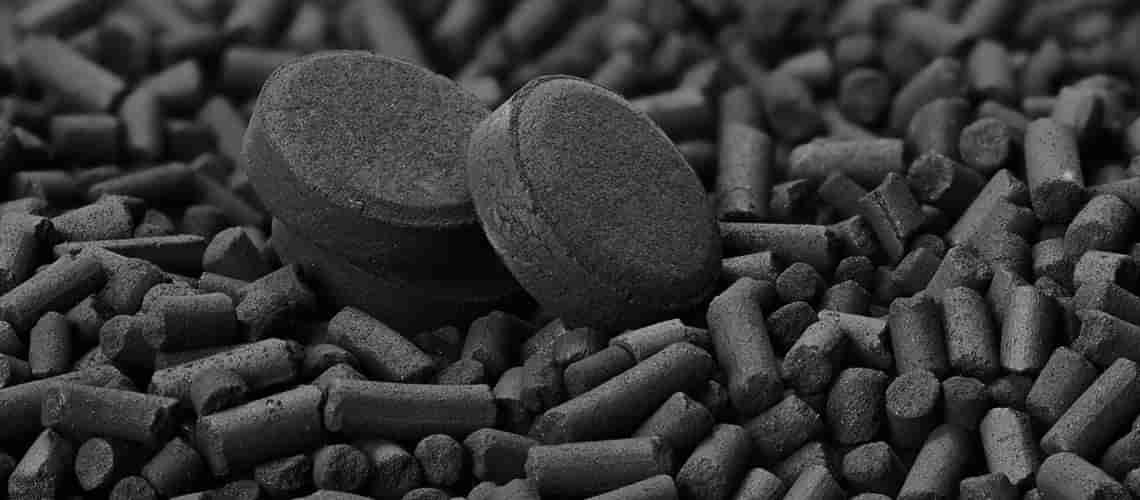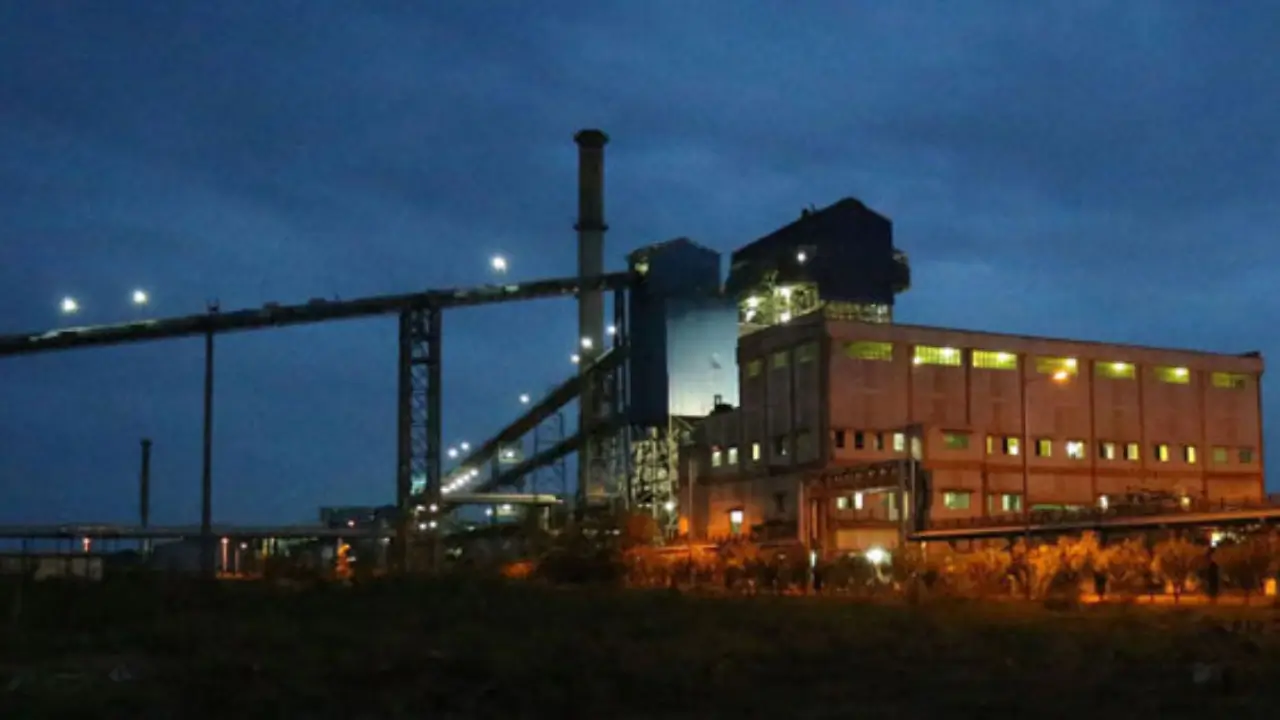- About
- Industries
- Products
- Wastewater Treatment
- Conventional Effluent Treatment: AQUASEP
- Toxic Refractory < 60,000 COD Removal: Catalytic Hydro-oxidation CHD-Ox
- Wet Air Oxidation for TOXIC > 60,000 COD : THERMOX
- Nanobubbles in Water Treatment: NANOPOREX-E
- Chemical-Free Cooling Tower Technology – A Sustainable Solution: ZEPHYR
- MVR for ZLD: Vapozem
- Membranes in wastewater Treatment: PROMEM
- TSS removal and Product recovery using Ceramics: PORESEP
- Heavy Metals and Trace Contaminant removal using Resins: SORBION
- Improving Efficiency of your sand bed filters: NANOMATRIX
- Choosing the Right technology for Wastewater treatment: Wastewater Treatability Studies’
- Reduce/Recover Oil from Wastewater: DISORB
- Produced Water Treatment: PWT
- Non Biofouling Membranes in wastewater Treatment: PROMEM-B
- Advanced Bioaugmentation Culture: BIOPORE
- Cavitation using Ultrasonics: RUSONICS-E
- Oxygen Generator System for Industries: OXYLIFE
- Process Solutions
- Precious Metal catalyst Filtration: CONTUFILT-M
- Activated Carbon Filtration: CONTUFILT-AC
- Raney Nickel Catalyst Filtration: CONTUFILT-RN
- Hot Gas Filtration: CONTUFILT – MH
- Biosolids removal using ceramics: PORESEP
- MVR for ZLD: VAPOZEM
- Ion Exchange-based RESINS: SORBION
- Dehydrating solvents by Zeolite Membranes: SOLVOSEP
- HiGee Continuous Distillation: ROTASEP
- Molecular Separation by Membranes: PROMEM
- Filtration & Separation
- Precious Metal catalyst Filtration: CONTUFILT – M
- Activated Carbon Filtration: CONTUFILT-AC
- Raney Nickel Catalyst Filtration: CONTUFILT-RN
- Hot Gas Filtration: CONTUFILT – MH
- Ceramic Dynamic Membrane Filtration: PORESEP
- MVR for ZLD: Vapozem
- Nano-Bubbles Improve Process Efficiency: NANOPOREX
- Alternate to Continuous Distillation / Rectification: ROTASEP
- Liquid-Liquid Extraction Mixer Settler: SEPARIX
- Ion Exchange-based RESINS: SORBION
- Pervaporation: Dehydrating Solvents and Separating Mixtures: SOLVOSEP
- Cartridges & Filter Bags: FLOWSEP™
- Molecular Separation by Membranes: Recovery and Isolation: PROMEM
- Colour / Organics / VOC Removal: CARBOSORB
- Oxygen Generator System for Industries: OXYLIFE
- RUSONIC – Sonochemistry
- Magnetic Separator Technology: MAG-Filt
- Wastewater Treatment
- Resource
- Contact Us
Top Posts
5 Applications of Nanobubbles in Agriculture
How to Increase Yield Without Using Fertilisers?
Wastewater treatment plants play a crucial role in safeguarding public health and protecting the environment by effectively removing pollutants from wastewater. These facilities utilize a series of physical, chemical, and biological processes to treat and purify water before it is released back into the ecosystem or reused. Understanding the technical intricacies of these processes is essential for optimizing treatment efficiency and ensuring compliance with regulatory standards, thereby contributing to sustainable water management practices.
Primary Treatment Technologies
Primary treatment technologies are the first step in the wastewater treatment process, focusing on the removal of large solids and suspended materials from the influent. The primary objective is to reduce the load on subsequent treatment stages and improve overall system efficiency.
Sedimentation
The most common technology used in primary treatment is sedimentation, often achieved through primary clarifiers or settling tanks. In these systems, wastewater is held in large tanks where gravity allows heavier solids to settle at the bottom, forming sludge, while lighter materials, such as oils and greases, float to the surface, forming scum. Mechanical scrapers can then remove these solids for further processing or disposal.
Screening
Screening is another essential primary treatment technology that involves using physical barriers, such as screens or grates, to capture larger debris like sticks, leaves, and plastic items before they enter the treatment plant. This step helps prevent damage to downstream equipment and ensures more efficient treatment processes.
Additionally, some facilities employ flotation methods, where air bubbles are introduced to the wastewater, allowing smaller particles to rise to the surface for removal. Overall, primary treatment technologies are vital for reducing pollutant loads and protecting the integrity of subsequent treatment stages.
Secondary Treatment Technologies
Secondary treatment technologies are crucial in the wastewater treatment process, focusing on the biological degradation of organic matter and nutrients that remain after primary treatment. These technologies utilize microorganisms to break down pollutants, transforming them into less harmful substances.
Activated Sludge Process
The most common method for secondary treatment is the activated sludge process. In this process, air is introduced into aeration tanks containing the wastewater and microorganisms. The aeration promotes microbial growth, leading to the formation of flocs—aggregates of microorganisms and organic matter. The treated wastewater is then sent to secondary clarifiers, where the flocs settle out, separating the treated water from the biomass, which can be returned to the aeration tanks or removed as excess sludge.
Moving Bed Biofilm Reactor(MBBR)
Another popular secondary treatment method is the Moving Bed Biofilm Reactor (MBBR). In this system, plastic media are suspended in the reactor, providing a surface for biofilm growth. The biofilm degrades organic pollutants as wastewater flows through, enhancing treatment efficiency.
Other technologies include trickling filters and membrane bioreactors (MBRs), which also utilize biological processes for pollutant removal. Secondary treatment is essential for achieving significant reductions in biochemical oxygen demand (BOD) and nutrient levels, ensuring that effluent meets regulatory standards before discharge or reuse.
Tertiary Treatment Technologies
Tertiary treatment technologies are the final step in the wastewater treatment process, designed to further enhance the quality of effluent by removing remaining contaminants and pollutants. This stage focuses on polishing treated water, ensuring it meets stringent regulatory standards for discharge or reuse.
One common tertiary treatment method is filtration, which can include various techniques such as sand filtration, membrane filtration (ultrafiltration, nanofiltration, and reverse osmosis), and activated carbon adsorption.
Ultra Filtration
Ultrafiltration (UF) membranes are designed to remove suspended solids, colloids, and some macromolecules, effectively clarifying the water while retaining larger particles. Nanofiltration (NF) membranes offer a higher removal capability, targeting divalent ions, small organics, and larger contaminants, making them suitable for water softening and reducing hardness.
Reverse Osmosis
Reverse osmosis (RO) membranes provide the highest level of filtration, capable of removing almost all dissolved solids, salts, and contaminants. This technology is crucial for producing high-quality water for various applications, including potable reuse and industrial processes.
Disinfection
Another important tertiary treatment technology is disinfection, which typically involves chlorination, ultraviolet (UV) irradiation, or ozone treatment. These methods eliminate harmful microorganisms, ensuring the treated effluent is safe for environmental discharge or potential reuse in irrigation, industrial processes, or even as potable water.
Nutrient Removal
Nutrient removal is also a critical aspect of tertiary treatment, often targeting nitrogen and phosphorus through processes such as chemical precipitation or biological nutrient removal (BNR). By employing these advanced technologies, including UF, NF, and RO membranes, tertiary treatment significantly enhances the overall efficacy of wastewater treatment plants, facilitating sustainable water management practices and protecting water resources.
Challenges faced by wastewater treatment plants
Wastewater treatment plants encounter several challenges that can impact their efficiency and effectiveness. One significant issue is fluctuating influent loads, as variations in wastewater volume and composition can overwhelm treatment processes, leading to reduced performance and compliance with discharge regulations.
Energy Consumption
Another major challenge is energy consumption. Traditional treatment methods often require substantial energy inputs for aeration, pumping, and mixing, resulting in high operational costs and environmental impacts. Optimizing energy use while maintaining treatment efficacy remains a critical concern.
Sludge Management
Sludge management also presents challenges, as the accumulation of excess sludge requires proper handling, treatment, and disposal. Poor sludge management can lead to operational inefficiencies, increased costs, and potential environmental hazards.
Regulatory Compliances
Regulatory compliance is another pressing challenge, as wastewater treatment plants must adhere to strict regulations regarding effluent quality and pollutant limits. Failing to meet these standards can result in penalties and environmental damage.
Infrastructure & Equipment
Lastly, aging infrastructure and equipment can hinder plant performance, leading to increased maintenance needs and potential failures. Addressing these challenges through technological innovations and improved operational practices is essential for enhancing the resilience and sustainability of wastewater treatment facilities.
FAQs
What are the stages of wastewater treatment?
The stages of wastewater treatment typically include primary treatment, secondary treatment, and tertiary treatment, each aimed at progressively removing pollutants from wastewater.
What are the main components of a wastewater treatment plant?
The main components of a wastewater treatment plant include influent pumps, screens, sedimentation tanks, aeration basins, clarifiers, disinfection systems, and sludge management facilities, each playing a critical role in the treatment process.
How often do wastewater treatment plants need maintenance?
Wastewater treatment plants require regular maintenance, typically on a daily, weekly, and monthly basis, depending on specific components, operational demands, and local regulations, to ensure optimal performance and compliance.
What are common challenges faced by wastewater treatment plants?
Common challenges faced by wastewater treatment plants include equipment failures, fluctuating influent loads, regulatory compliance, energy consumption, sludge management, and maintaining effective treatment efficiency while minimizing operational costs.
Conclusion
In conclusion, effective wastewater treatment is essential for safeguarding public health and protecting the environment. By employing a combination of primary, secondary, and tertiary treatment processes, facilities can significantly reduce pollutants and enhance water quality.
While challenges such as energy consumption and sludge management persist, ongoing innovations in treatment technologies offer promising solutions. Embracing these advancements will lead to more efficient and sustainable wastewater management practices, ensuring a cleaner and healthier environment for future generations.
Learn more about the technology.
Related Posts

Industries
Wastewater Treatment
Separation Sciences
Contact
Sign in for latest updates
Stay informed with the latest updates from Diva Envitec! Sign up for our newsletter to receive exclusive news, insights, and case studies directly to your inbox.

Copyright © 2024 Diva Envitec
Terms of Service
Privacy Policy
Industries
Wastewater Treatment
Separation Sciences
Contact
Sign in for latest updates
Stay informed with the latest updates from Diva Envitec! Sign up for our newsletter to receive exclusive news, insights, and case studies directly to your inbox.


